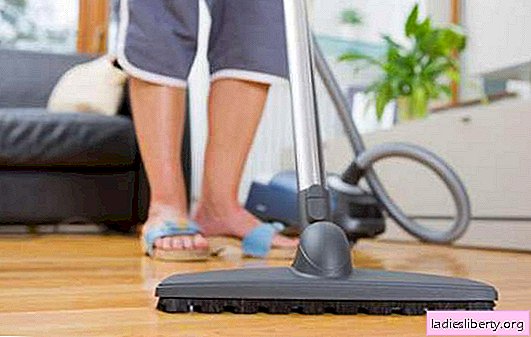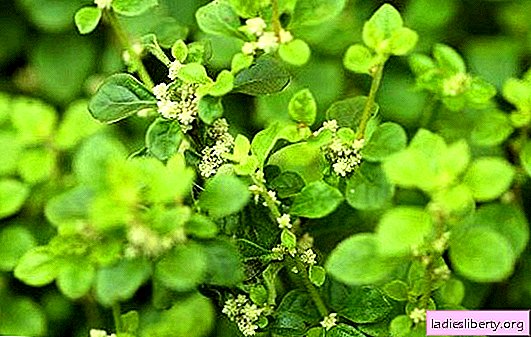
Household dust contains pollutants that contribute to obesity. Laboratory experiments on a murine cell model show that certain substances stimulate the formation of fat. The results of the study were published in the journal Environmental Science Technology.
How did scientists discover the link between obesity and house dust?
Scientists collected dust in 11 homes in North Carolina and tested its effects on mice. Only 1 sample of house dust did not affect the cells in the Petri dish. 7 out of 11 dust samples increased the concentration of mature fat cells in the subcutaneous tissue.
9 samples resulted in 3T3-L1 cells becoming fat precursor cells. For this, 3 micrograms of dust was already enough.
The United States Environmental Protection Agency estimates that children absorb 50 mg of house dust daily through the respiratory tract.
To determine the key components of dust that caused a negative effect, the researchers studied dust samples. The total number of detected harmful substances was 44. The pesticide pyraclostrobin, TBPDP flame retardant, and phthalate dibutyl phthalate were the most powerful substances that cause overweight.
The influence of environmental factors on health is increasing
It is known that endocrine disruptive substances - phthalates or bisphenol A - are contained in flame retardants, plastics and plasticizers. They affect human reproduction, neurological and immunological functions.
Animal studies also show that some EDCs contribute to overweight in adulthood. Household dust also contains components that affect fat metabolism.
What foods contain chemicals?
Researchers argue that even dust levels up to 3 micrograms cause measurable effects. Many cleaning products contain chemicals - phenols.
The authors explain that mobile phones, pizza boxes, and many water or dirt-repellent products also contain harmful chemicals. EDCs are also found in flame retardants, lubricants, hydraulic fluids, and plastics.
Experts explain that some manufacturers are trying to reduce their use, but in most products harmful chemicals are still widespread. Chemicals are then accumulated in house dust, inhaled or absorbed through the skin.
Further research is needed.
There is evidence that exposure to harmful chemicals can lead to obesity, asthma, and autism. According to doctors, over the past 30 years, the prevalence of these diseases has increased dramatically.
The question arises how strongly chemicals affect disease. For this reason, further research is needed. According to experts, many chemicals in consumer products end up in dust.
What does house dust consist of?
Household dust is a mixture of the substance that is found in every living room. In addition to some of the above chemicals, it consists of many components:
- ticks;
- textile fibers;
- fungal spores;
- bacteria
- food remains;
- human dandruff and possibly animals.
Based on the results, the researchers concluded that the above mixture is contained in almost every composition of the substance that promotes the growth of adipose tissue. The reactions that stimulate the development of adipose tissue occurred in the laboratory at concentrations 16,000 times lower than this dose.
For some of the tested substances, it is still unclear how many of them actually enter the bloodstream. The authors recommend further research in order to be able to accurately analyze the processes and verify the possibility of transmitting these laboratory results to people in real conditions.
Bromide compounds are contained, for example, in flame retardants and disinfectants. Organophosphorus compounds are present in plastics, paints and insecticides. Phthalates are used as plasticizers in plastics, as well as in cosmetics and medicine.
PFAS is used in outer clothing, as well as in food packaging. A total of 28 of these substances stimulate the growth of adipose tissue in laboratory studies.











